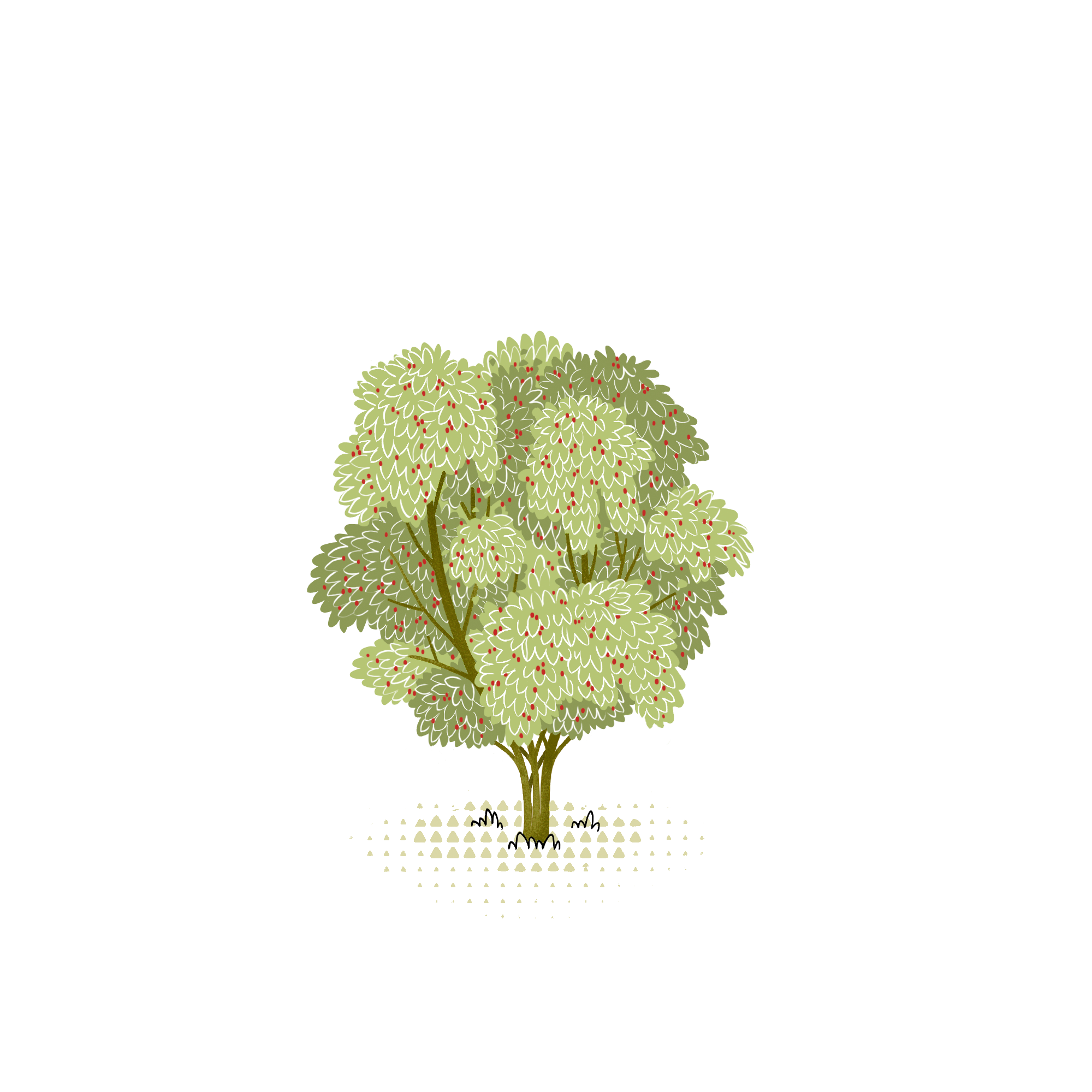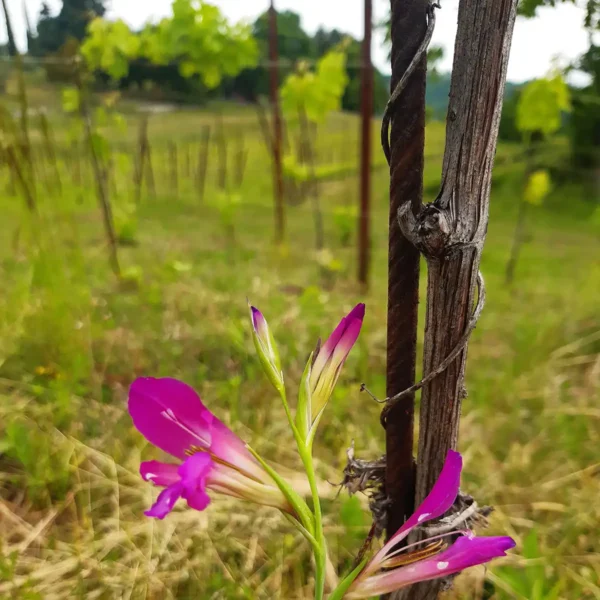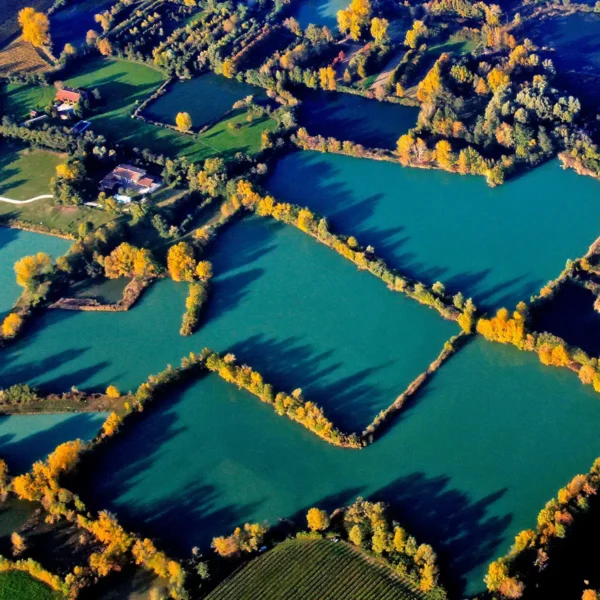
Dogwood
Animal lovers
Determined people
Wisest people
This species, native to the Mediterranean region yet common all over the Peninsula, has entered the history of literature and art since ancient times. Homer spoke of its red-colored berries.. Later, it's was Virgil, who-no less-has the Trojan Horse built from its wood. Now, J. K. Rowling uses it for Harry Potter's magic wands.
Scientific name: Cornus mas
Common name: Cherry dogwood
It is a member of the Cornaceae family. It can be found from southwestern and eastern Europe to the Middle East. It grows in sunny shrubs, sparse woods and escarpments. The plant blooms in early spring while its fruits, dogwoods, are ready for consumption between late August and early October. They should be harvested and eaten when they reach full maturity, which is when they reach a bright red color.
Dogwood bark and fruit are used in phytotherapy for their febrifuge and astringent properties, which are very useful in cases of intestinal disorders and febrile states of various kinds. From the grayish bark, in fact, phytotherapeutic remedies (infusions and teas) are obtained that are useful against malaise, weakness and flu-like states. The berries, which reach full maturity in late August, are rich in vitamin C and were once considered the most effective natural remedy for fighting dysentery. Their high content of vitamin C, malic acid, mucilage and tannins give them anti-diarrheal, diuretic and tonic properties.
Dogwood's bark and fruit are used in phytotherapy for their febrifuge and astringent properties. They are very useful in cases of intestinal disorders and febrile states of various kinds. From the grayish bark, in fact, phytotherapeutic remedies (infusions and teas) are obtained that are useful against malaise, weakness and flu-like states. The berries, which reach full maturity in late August, are rich in vitamin C and were once considered the most effective natural remedy for fighting dysentery. Their high content of vitamin C, malic acid, mucilage and tannins give them anti-diarrheal, diuretic and tonic properties.
What makes it unique
of CO2 captured over a year
reachable height
maximum life expectancy
Forests where you can grow your own Dogwood, adopting or giving it away.

Mezzaluna della Biodiversità
 Italia
Italia
Parco Lombardo della Valle del Ticino
 Italia
Italia
Riserva Naturale Torbiere del Sebino
 Italia
Italia

